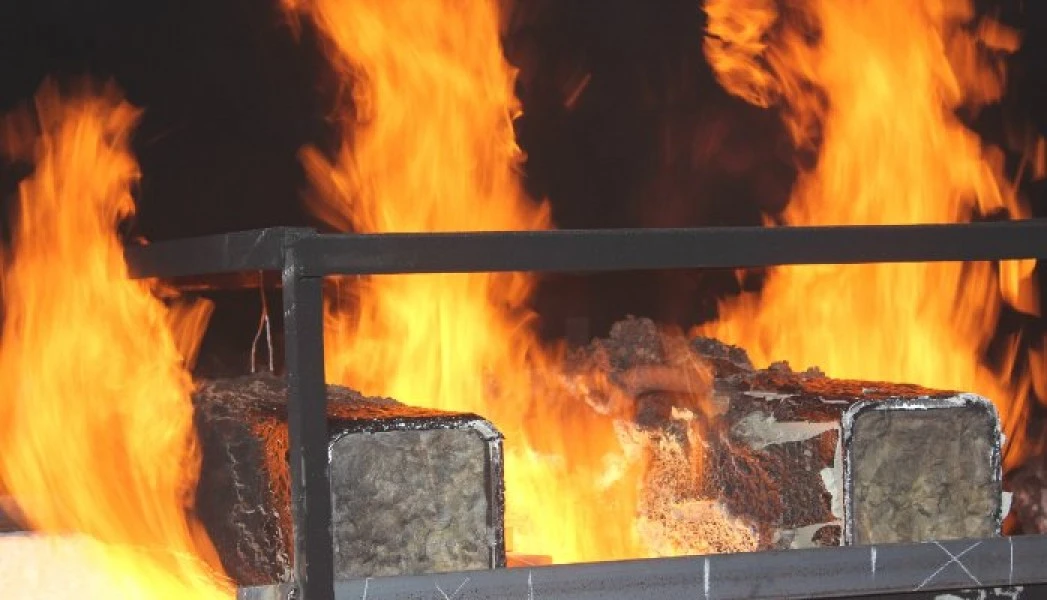In a recently concluded Swedish Fire Research Board project, the behaviour of four intumescent systems for steel constructions that are available on the Nordic market was experimentally investigated.
The project was conducted by SP Fire Research in Sweden and SP Fire Research AS in Trondheim, Norway and the main purpose of the study was to determine the behaviour of the systems during different fire scenarios.
The standard test used for this type of systems is EN 13381-8, from which all design tables for making a proper choice of thickness of the systems are developed. In this test method the test specimens are exposed to the standard time temperature fire curve in a furnace. This furnace exposure does only represent one possible scenario in real fires. Based on previous experience from fire testing of intumescent systems it is known that both heat exposure and the flows around the expanded products can influence the function. Based on this knowledge five different test scenarios were chosen for the experimental studies, including standardized furnace testing, tests in cone calorimeter and ad hoc tests including ceiling jets and fire plumes.
The experimental campaign showed that two of the investigated systems did perform very poorly in the furnace tests compared to what they were designed for, despite being the systems having the best swelling in the cone calorimeter tests. This highlights the importance of adhesion at high temperature for this type of systems. Since adhesion is crucial a more relevant evaluation for this type of systems ought to be a test where the flows around the specimen can be characterized and controlled, i.e. a ceiling jet or a fire plume scenario. This is especially important as steel protected with intumescent systems are often used in large open spaces where local fire plumes and ceiling jets are expected.
When buying an intumescent system from a supplier the documentation needs to be carefully assessed as all components, primer, intumescent paint and top coat needs to be properly documented. In a user's perspective it is vital that the component lists are followed thoroughly so that the fire resistance properties are upheld. This study showed that there is a system available on the Nordic market that is not properly documented.
Read more about the project in Brandposten magazine: http://www.mypaper.se/show/sp/show.asp?pid=3553551139466694&initpage=35
Read the full SP Report 2015:86 including recommendations and further research by downloading it from: http://publikationer.extweb.sp.se/user/default.aspx?RapportId=31044
For our full range of steel intumescent coatings click here or call our team at Passive Fire Products to discuss solutions and requirements.





